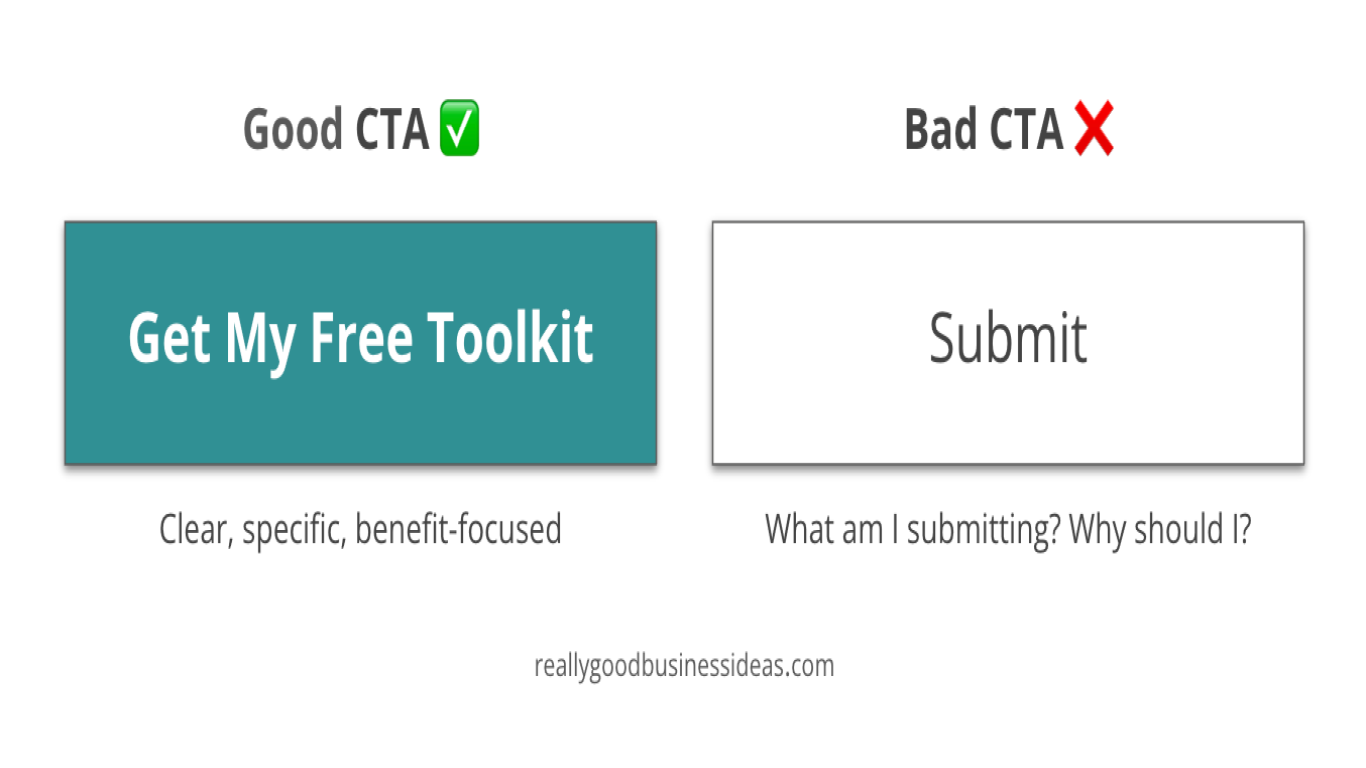The Psychology Behind a Successful Landing Page
The Psychology Behind a Successful Landing Page
In the competitive online marketing environment, creating a successful landing page is a crucial element that can significantly impact your conversion rates. A landing page acts like an online salesperson, and just like any good salesperson, it needs to understand what motivates people to make a purchase or sign up for a service. This is where psychology comes into play. Understanding the psychology behind consumer behavior can help you create a compelling landing page that isn’t just informative but also converts. Let’s delve deep into the psychological principles that can shape the success of your landing page.
1. The Power of First Impressions
The first impression is often the last impression, especially in the digital world where attention spans are notoriously short. Studies suggest that you have approximately 50 milliseconds to make a good first impression on your site visitors. Therefore, the design and content of your landing page need to be visually appealing and instantly communicative.
Consistency and Simplicity: A clean and consistent design reflects professionalism and builds trust. Simple color schemes, clear fonts, and strategic placement of elements can guide the viewer’s eye and keep them engaged.
Cognitive Ease: By keeping your landing page intuitive, you cater to the brain's preference for cognitive ease. A user-friendly layout with easy navigation lowers cognitive load, making visitors more likely to stay longer.
Keywords: first impression, visual appeal, intuitive landing page
2. The Role of Trust and Credibility
For a landing page to be effective, earning user trust is essential. When potential customers land on your page, they need to feel safe and assured that what you're offering is legitimate.
Trust Badges and Testimonials: Displaying trust badges from recognized authorities or using customer testimonials can go a long way in establishing credibility. It’s human nature to follow the lead of others, a concept rooted in social proof.
Transparency: Clearly displaying your contact information, privacy policies, and terms of service assures visitors that your business is reliable and transparent.
Keywords: trust badges, social proof, transparency
3. The Urgency Factor
Creating a sense of urgency can significantly influence decision-making processes. Urgency takes advantage of FOMO (Fear of Missing Out), a powerful motivational factor.
Limited-time offers: Highlighting limited-time discounts or limited-stock availability can encourage visitors to act quickly instead of deliberating longer.
Countdown Timers: These add a visual element of urgency. When users see they only have a limited time to act, they are more likely to complete the desired action promptly.
Keywords: urgency, limited-time offers, FOMO
4. Utilizing Color Psychology
Colors have been shown to evoke emotions and influence behaviors. Choosing the right color scheme can enhance the user experience on your landing page and drive conversions.
Color Association: Different colors evoke different emotions. For instance, blue is often associated with trust and dependability, while red can be used to create a sense of urgency.
Strategic Use of Colors: Utilize contrasting colors to highlight calls to action (CTAs), drawing users' attention to what you want them to do next.
Keywords: color psychology, emotions, conversion optimization
5. The Importance of a Strong Call to Action (CTA)
A direct and compelling call to action is the driving force for conversions on your landing page. It’s essential to convey exactly what you want the visitor to do.
Action-Oriented Language: Use strong verbs and action phrases that compel visitors to take the next step. Instead of a dull “Submit” button, try something like “Get Your Free Trial Now.”
Value Proposition: Clearly communicate the benefits the user will receive by acting on the CTA. It’s not just about what they will do, but what they will gain.
Keywords: call to action, action-oriented language, value proposition
Conclusion
An effective landing page is a blend of creativity and psychology. By understanding the psychological elements that engage users, you can design a landing page that not only attracts visitors but also converts them into leads or customers. From first impressions and building trust to creating urgency and using color psychology, every element plays a vital role. So, the next time you create or update your landing page, remember, it's not just about aesthetics—it's about understanding the human mind.
FAQ
What is the importance of a landing page? Landing pages are crucial because they are designed to convert visitors into leads or customers.
How does color psychology affect a landing page? Different colors evoke different emotions and responses, which can influence a visitor’s behavior on your page.
Why is social proof important for landing pages? Social proof, such as testimonials and reviews, builds trust and credibility, making visitors more likely to convert.
What is cognitive ease, and why is it important? Cognitive ease refers to how simple a task is for the brain to process. Simplicity in design leads to better user experiences.
How can urgency improve landing page conversions? Urgency triggers FOMO (Fear of Missing Out) and encourages visitors to take immediate action, boosting conversion rates.
#psychologylandingpage #successfulwebdesign #userexperienceux #conversionoptimization #webpsychology
